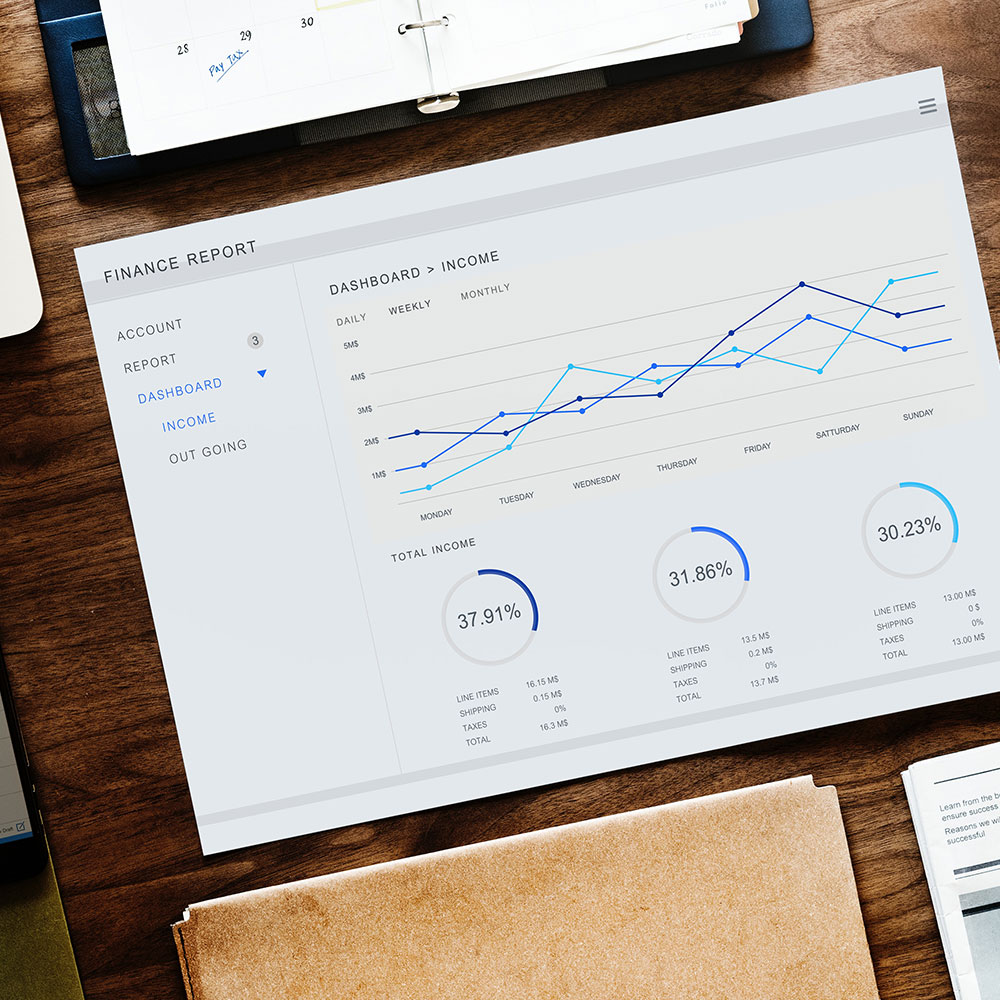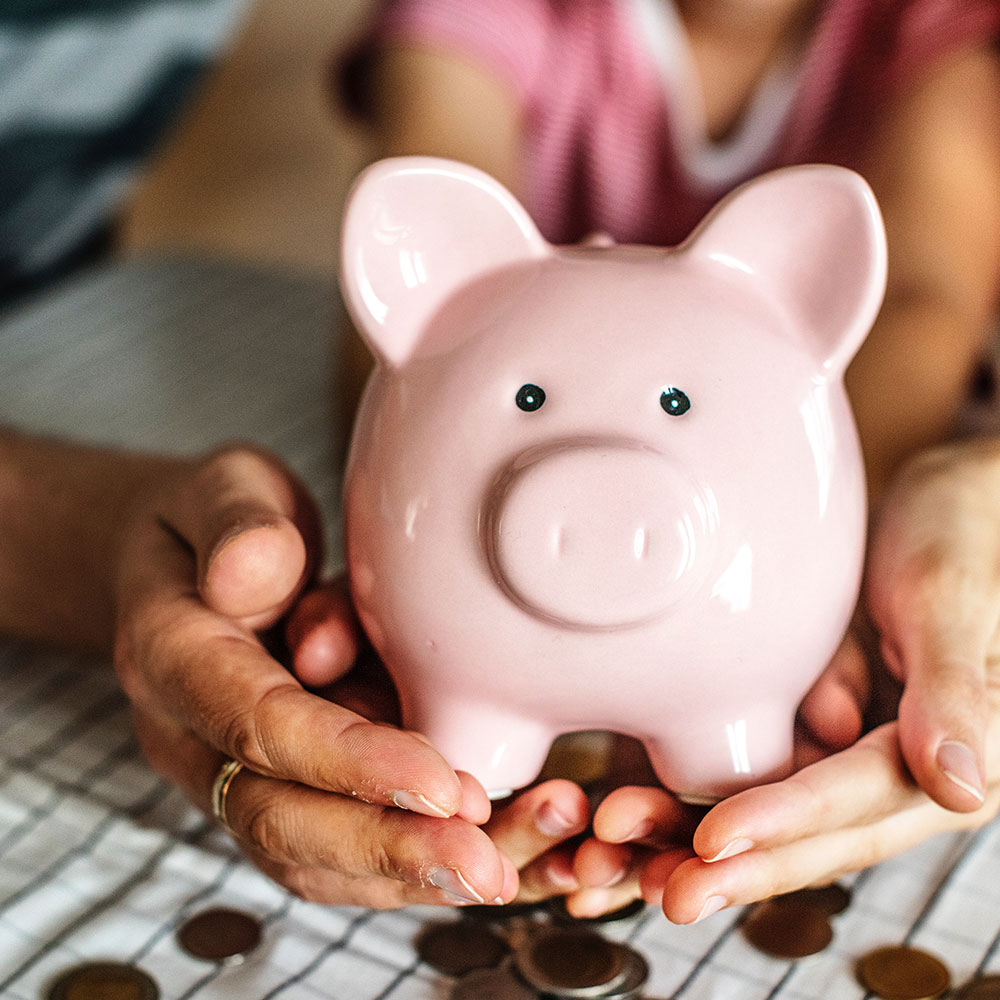 Besides being asked “what can I write-off for tax purposes?”, the second most commonly asked question is if we offer financial planning services. Our answer is always no, as the title “Financial Planner” generally refers to someone who sells investments, both registered (RRSP, RDSP, RESP, TFSA) and non-registered (stocks, bonds or anything else that is not otherwise invested through your registered accounts), or life insurance. The services that we provide can certainly answer questions about all of these in relation to your taxes, however, that is not actually what most people are looking for.
Besides being asked “what can I write-off for tax purposes?”, the second most commonly asked question is if we offer financial planning services. Our answer is always no, as the title “Financial Planner” generally refers to someone who sells investments, both registered (RRSP, RDSP, RESP, TFSA) and non-registered (stocks, bonds or anything else that is not otherwise invested through your registered accounts), or life insurance. The services that we provide can certainly answer questions about all of these in relation to your taxes, however, that is not actually what most people are looking for.
The financial planning question generally pertains to:
- How do I manage my money?
- How do I save?
- How do I pay off debt?
- How do I budget?
Here are some tips that have helped me (Sharon) over the years, as both an employee prior to opening my business, and after.
DETERMINE YOUR CASH INFLOWS
This is the money you receive throughout the year, whether it be from employment or self-employment.
As an employee, your after-tax earnings are likely to be received on a regular basis so determining what you receive every month should be fairly straight forward, provided you work the same amount of hours week-to-week.
Being self-employed, determining this might be slightly more challenging, depending on how many years you have been in business, if your business is cyclical, etc. I will share more on how to come up with this if you are self-employed, but in the meantime, you should now have what you take-home every month, after tax. (calculated as the amount deposited to your bank account multiplied by how many pay periods per month)
 DETERMINE YOUR CASH OUTFLOWS
DETERMINE YOUR CASH OUTFLOWS
This is the money spent day-to-day, whether it is on your household bills, vehicles, kids sports & activities, groceries, etc.
To do this, I tracked my spending for everything I spent money on, and I categorized it by the type of purchase (i.e. meals vs groceries, entertainment, birthdays, random spending, coffees, parking, etc.). The ideal is to track this for an entire year because of summer holidays, Christmas, birthdays or other things that might only happen once or twice a year, but 3-4 months would be a good starting point. When I talk about tracking my spending, I literally had a pen and a piece of paper to write down every pack of gum, every coffee, every meal, gas, repairs on my vehicle or home, groceries, casual babysitting, house cleaner, etc. I wrote down everything that was not otherwise set up as a preauthorized payment out of my credit card or bank account and/or where it was not otherwise the same every single month or close to (i.e. mortgage, vehicle payment, etc.). I further noted whether it was paid with cash, debit or credit.
The categories were also defined as extra or required. Groceries and gas are required while meals and entertainment or birthday presents might be extra. Please know that this is completely subjective and only you can decide where you spend your money and the importance or necessity it has on your life.
Home expenses were documented on an excel spreadsheet. These were the known ones. The ones that generally don’t change month-to-month like your mortgage or rent, hydro, gas, house insurance, property tax, water & sewer, cell phone, internet, life insurance, vehicle insurance, etc. The spreadsheet also included the day they came out of my bank account so I could plan accordingly and balance payments over the course of the month with the various pay days. We are busy enough in our day-to-day so I also setup automatic withdrawal from my debit or credit card.
By tracking my unknown expenses for a few months, I was then able to add up each category and figure out the average spent month-to-month. The required unknowns were then added to my known monthly expenses. And the unknowns that were nice to have were saved for later.
KNOWN EXPENSES + REQUIRED UNKNOWNS = CASH OUTFLOWS
 DETERMINE YOUR NET CASHFLOW
DETERMINE YOUR NET CASHFLOW
This is the amount I had left from my earnings, after I paid my known and unknown necessary expenses. From here, I was then able to determine what I did with the extra or if there was no extra, where was I overspending. Extras might be saving for a new vehicle or home repairs that come up unexpectedly, holidays, Christmas, investing into RRSP or RESP’s, etc.
Once I had these amounts figured out, I was then able to decide what was important to me and what wasn’t. Again, I reiterate, what is important and necessary for one person isn’t the same for another.
As an employee, I had no control over the frequency of my pay which was often the 15th and end of the month (24 paydays per year) while others might be paid bi-weekly (26 pay days per year). Not only could I not control how often I was paid, I had no control over what I was paid. This financial planning became even more important; as my family grew so did the unknown extras and it became crucial to ensure groceries or diapers and such could be afforded without going into debt, using a line of credit or carrying a balance on my credit card.
As a self-employed individual, I chose to pay myself weekly. The amount of pay is still the same every month or year but the frequency is just different which you might notice why as you read on.
As mentioned above, creating a cash flow plan when you are self-employed is a bit more work than when an employee. You not only have to create a budget of your expected inflows and outflows of the business, but also consider your taxes, potential growth of the company, economic ups and downs, etc. If you are using a bookkeeping program like QuickBooks, then this should be a great tool to help determine this but if your receipts are thrown into a shoebox and pulled out only once a year, it would be a bit more involved. But once you have this created, you can then determine how much you have to live on vs. how much you should leave in the company for future growth, emergencies within the company, etc. If you don’t have enough to live on, then you need to look into where you might have unnecessary spending, where you aren’t charging enough for what you sell, if you need to grow your business with a new stream of revenue or more clients, etc.
As an Accountant, I am supposed to know how to budget and such. Which of course I do. But I am still human and like to spend. I can tell you that once I put all of these numbers in front of me, it made a world of difference. I was able to see what mattered and what didn’t. And for me, I spend less on silly little gadgets and travel a lot more, with my kids and without. I also make sure that I put money aside for life insurance, my children’s education and retirement because what matters to me is knowing that my family is looked after in the event of something happening to me or my business.
Remember, with the exception of your basic needs (shelter, food, clothing) and taxes, there is no right or wrong with how you spend your money. Everything is your choice. Knowing whether you can achieve that or not is empowering once you know.
Stay tuned for our next blog on creating your personal budget and putting these tools into place.
***This blog is for information only and not to be used as tax advice or planning without first seeking professional advice. Information is subject to change without notice.
